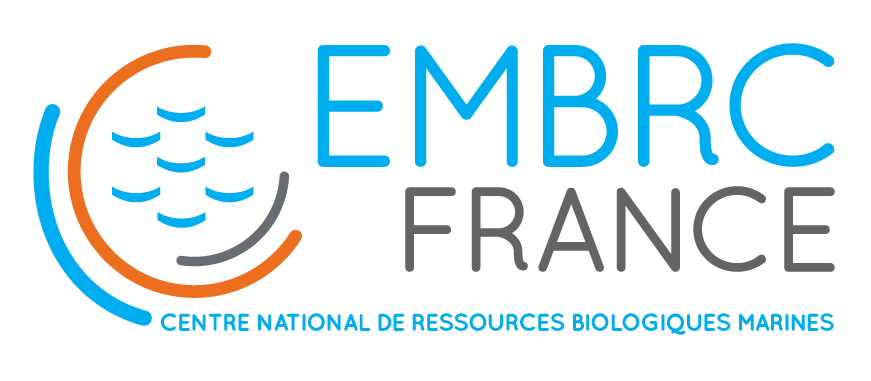| Description |
: |
Ceratium ranipes belongs to the large family of dinoflagellates— single-celled protists equipped with two propelling flagella. Its unique shape is easily recognizable. Like other protists, ceratium transforms the sun’s energy into food through photosynthesis, using chloroplasts to make sugars.
Chloroplasts are microscopic, solar-powered factories containing chlorophyll, a green pigment that captures sunlight. The cell and its chloroplasts produce oxygen and convert carbon dioxide into organic compounds.
Ceratium are highly adaptable. At dawn, they grow fingers packed with chloroplasts to capture more light. When light vanishes, the fingers retract. This unique feature allows ceratium to sink in the dark or float to the surface to catch more light. |




